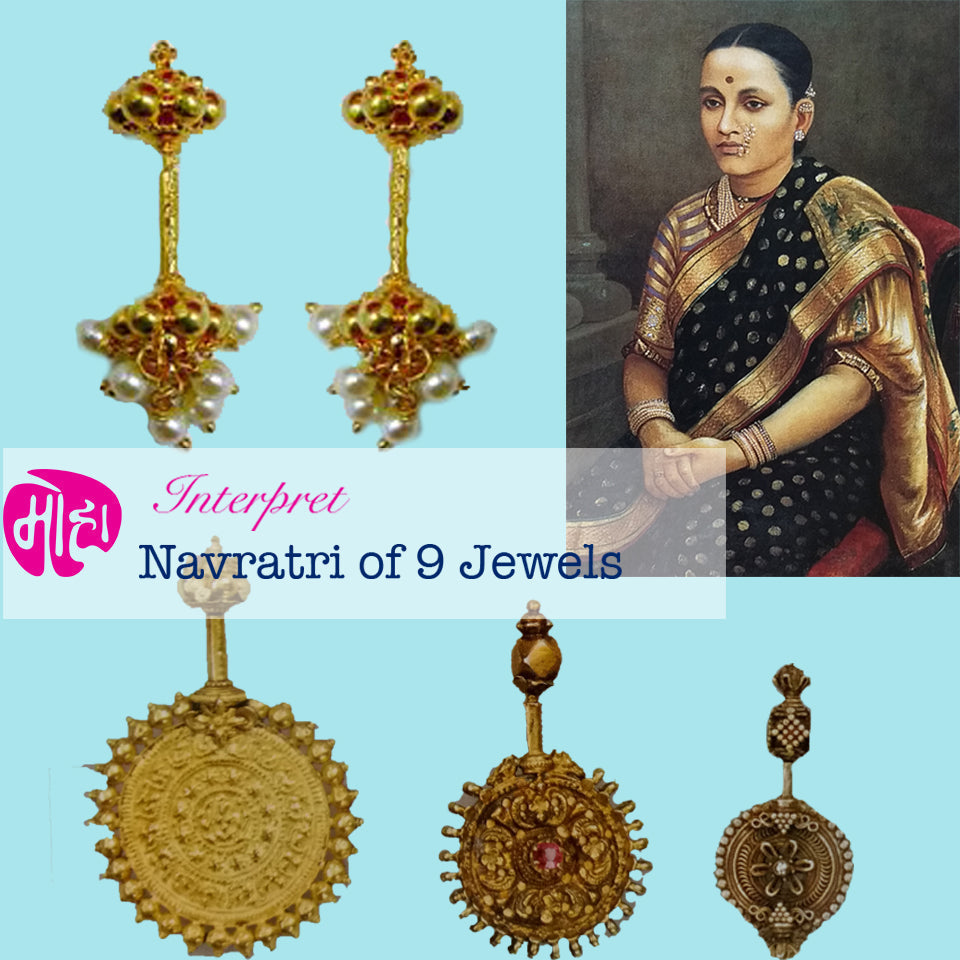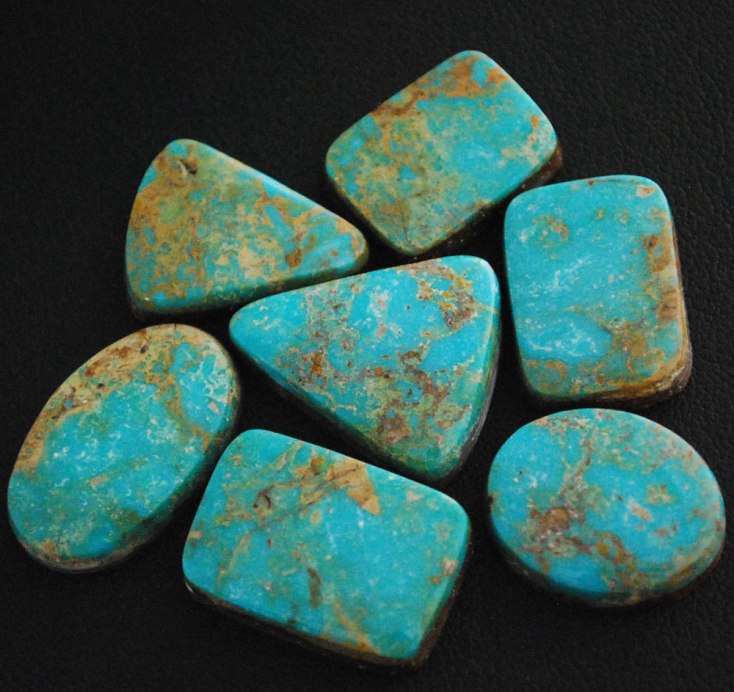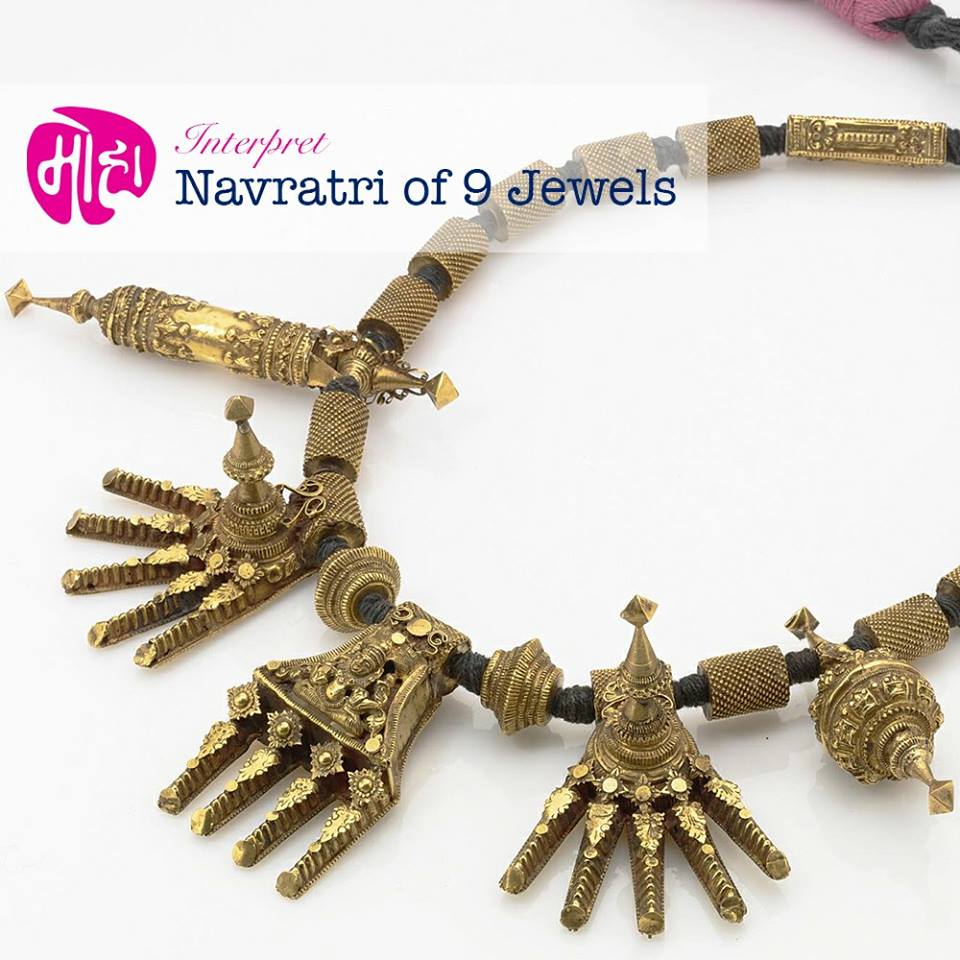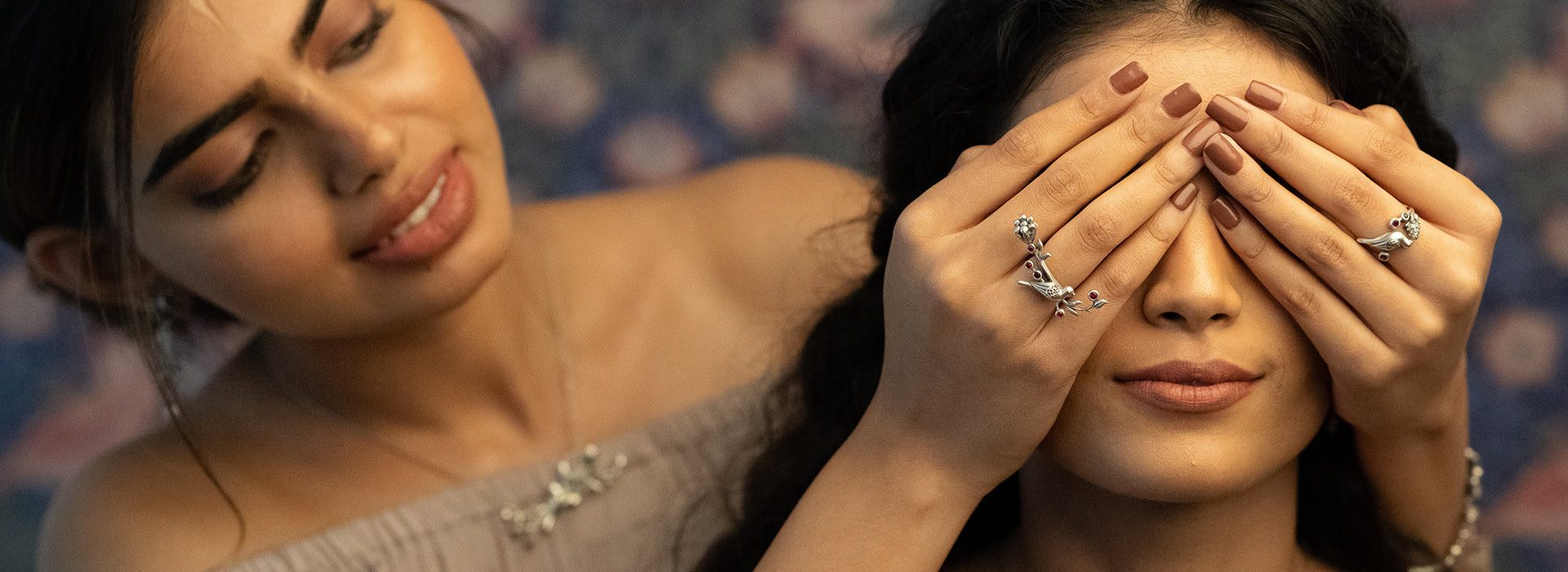The Bugadi are interesting and fairly well-known ornaments used by women for helix piercing. These beautiful and aesthetically pleasing ear piercing ornaments are mainly made from precious metals and stones, such as gold, pearls, diamonds, and emeralds.
The Bugadi earrings is used by Maharashtrians, whereas refined forms are noticed in the northern region. Karnataka shows the presence of simpler forms of the same. It is said that the Bugudi closely resembles the ‘Koppu’ ornament, which has its origins in Tamil Nadu.
The Bugadi are worn in the helix of the ear and show an incredible variety in their designs, colours, Pearl-Gemstone set into them each has a thin and long plug which is hollow and has a screw. The screw has balls at each side which help secure the Bugadi earrings in place. The ball under the helix is usually slightly bigger and shows variety in designs. The Bugadi are differentiated based on these designs.
The various types of traditional Bugadi are Moti-Bugadi, Khaddi-Bugadi, Lavanga-Bugadi and Kalashin Bugadi.
1. The Moti-Bugadi or the Pearl Bugadi have pearls attached to a gold disc or a ball. These are said to be worn by married women only and were earlier restricted to the Brahmin women.
2. The Khaddi-Bugadi is a variant of Bugudi which displays characteristic wire loops of varying sizes on its top portion.
3. The Lavanga Bugadi literally means a clove stick and is a term allocated to the simplest of Bugadi (stick like) which are more often noticed in Tamil Nadu.
4. The Kalashin-Bugadi has a knob-like region with 6 granules which further has a 7th granule on the top, thereby making the Bugadi’s top region resemble a temple top or the ‘kalash’ of a temple. The Kalash is considered auspicious which is what makes this type of Bugadi popular.
Some bugudi designs also have mesh, filial type of work and detailings on them which give them a beautiful and striking look. Such variants are often noticed in Hyderabad, Bijapur and Belgaum. The bottom ball of such bugdis often (but not always) display small granules or ‘jhumkas’ on it.

Further, there are some Bugadi which have discs pendants in place of the lower ball. Such variants have been dated back to the 18th century. Worn by the non-hindus, they are majorly used by the women in Kerala and Sri Lanka. These discs carry designs of Lakshmi, Swans and other deities or symbols known to be auspicious. One striking design displays a Goddess Lakshmi at the centre surrounded by stars in a concentric circle which are further surrounded by a row of Swans. This design promotes good luck and prosperity along with the ability to differentiate between the right and the wrong.
The Bugadi is another striking example of religious symbols having an impact on the designs and jewellery of India. Indian jewellery thus has a language of its own via which it communicates to us. Each piece of jewellery in India shows us what mattered to its people, the popular trends and patterns, etc., at a particular era of time.



